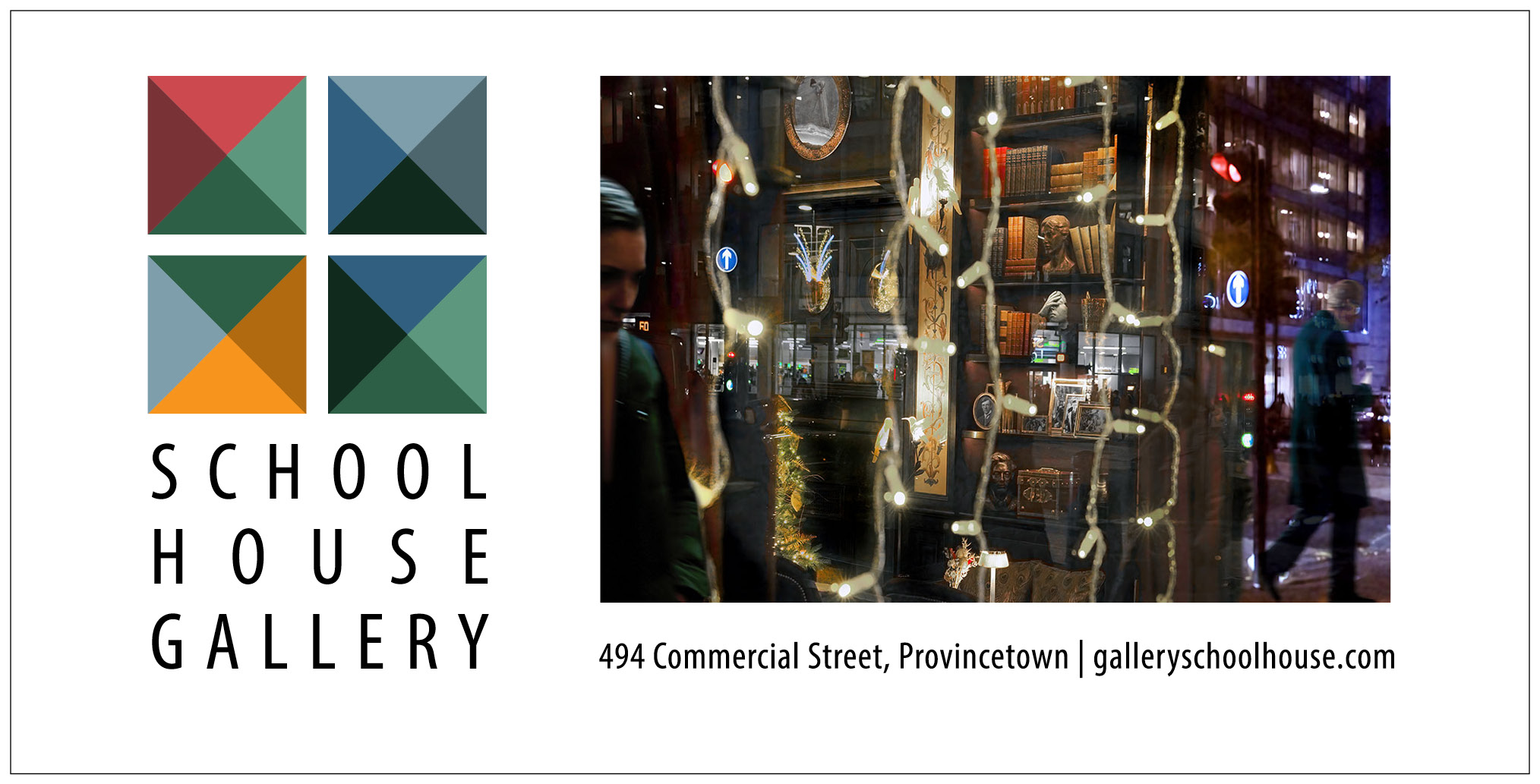One of my off-season research and writing quests started with a question I feel personally: how can artists continue to gain access to this place?
Ross Moffett showed up here as an art student in 1913 and quickly found a room for $3 a week. In the 1950s, artists rented sheds and cottages for studios. Obviously, this kind of easy settling in is no longer possible in Provincetown — or anywhere on the Outer Cape.
Fortunately, a lot of people are thinking about the future of our creative community. The Fine Arts Work Center and Castle Hill, whose summer programs can be expensive, have both been removing barriers to those with fewer resources. FAWC has done it by expanding its scholarship program, doubling its commitment to funding and collaborating with 22 partners, including the Boston Mayor’s Office and the University of Texas El Paso. Last summer FAWC offered 37 scholarships; this year there will be 90 scholarship students on campus, with 60 receiving both housing and tuition.
Two young graduates from Morgan State, a historically Black university, spent two weeks in December at Castle Hill through a new residency program. And like Castle Hill, Twenty Summers is expanding access to historically marginalized groups. This month, its annual program is bringing a remarkably diverse group of artists to the Hawthorne Barn, building on a long tradition of artists coming to the Outer Cape for inspiration, community, and creative energy.
For those artists who have a foothold here, the Provincetown Commons is playing an important role by providing year-round studio space at affordable rates at a time when studios have become nearly impossible to find. Artists need space and resources to thrive. Without a place to work, they cannot grow.
Nonprofits are at the forefront of the push to protect the arts here. But there are many others contributing to the effort. The for-profit gallery system has always been an important part of the equation. In February, Susan Rand Brown wrote about the closing of two galleries, AMP and Albert Merola. The building that housed Merola is for sale for $2.2 million — a price out of reach for most gallerists.
These are important losses. But in this week’s Arts & Minds section, I report on how some gallerists continue to exhibit ambitious artwork despite small profit margins.
Liz Carney, who runs Four Eleven Gallery, told me bluntly that it’s the arts that bring people with money to this place. It’s ironic that artists who have contributed so much of the allure here are so often shortchanged and increasingly displaced.
In the end, I believe the efforts of many provide glimpses of hope for a creative future. I hope the summer season can be an opportunity for us all to support the kind of community we want to live in.
Buy a painting, attend a performance, make a donation — and if you don’t have the money, just stroll into a gallery and appreciate the culture of this place. Recommit to making it last.



